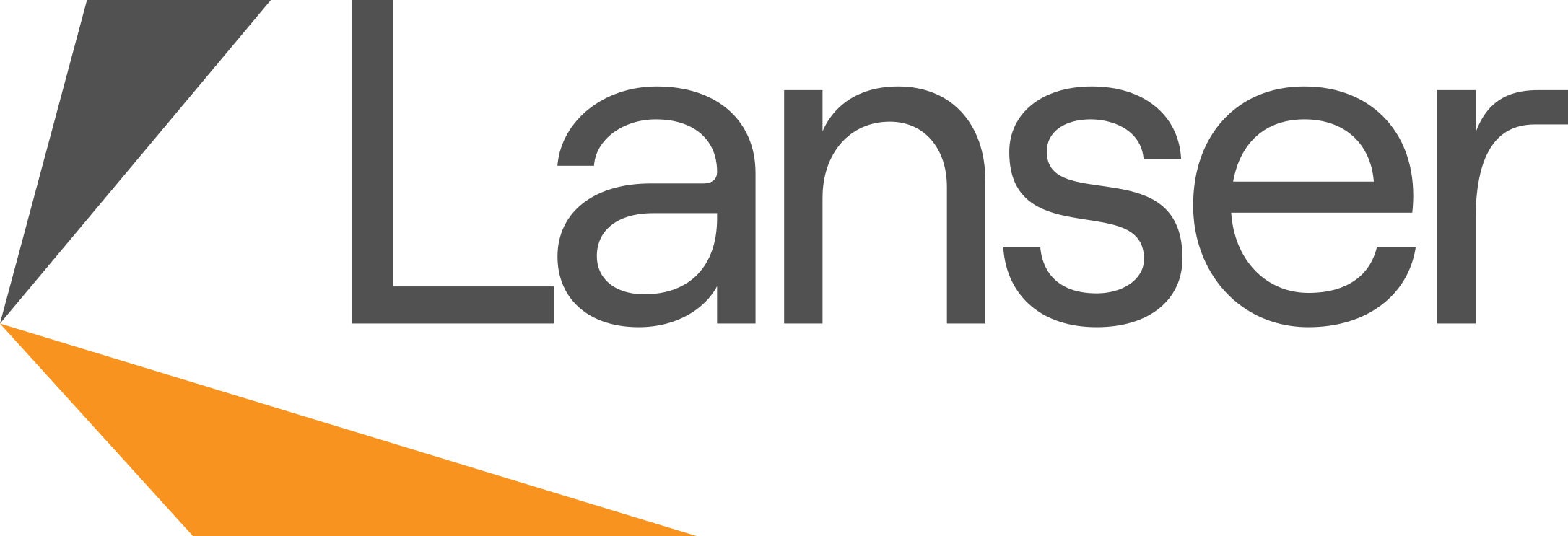Home Loan Definitions for First Home Buyers
There is an overwhelming amount of home loan types available on the market for first home buyers. Understanding the definitions of loan types is a key component to finding what type of loan will be appropriate for your circumstances.
Here is our breakdown of the different kinds of home loans available to Australian borrowers and their key differences:
Fixed Rate Loans
A fixed rate home loan has an interest rate that is set for a period of time, usually 1-5 years. After this time the loan will often switch to the variable rate offered by the broker. The real advantage for first home buyers is knowing what your payments will be for the first few years of payments. Additionally, if interest rates rise above the fixed rate during this time your payments are lower than they would have been with a variable rate. Unfortunately the opposite applies if interest rates drop below this rate you don’t reap any benefit.
Variable Rate Loans
If a loan is not fixed the interest rate on the borrowed amount will change depending on the market interest rate. Unlike fixed rate loans – repayments will vary over time which can make budgeting harder and unexpected increases in payments can lead to extra stress. Most lenders offering variable loans will include attractive features such as offset accounts, unlimited redraws and the ability to make extra payments early.
Split Loan
It is possible to hedge your bets and split your loan by having part of the amount fixed and part variable. Having both fixed and variable in the mix allows you to soften the blow of rate rises while still making early payments. In most cases there are no limitations on how you split the loan so you can split it 50/50 or 30/70 for example. The downside to doing so is that compared to a 100% variable rate loan it can be harder to switch loans if you find a better deal with another lender.
Interest Only Loans
An interest only home allows you to make repayments only on the interest of the amount borrowed without any reduction to the principal amount. This type of loan is commonly used to provide a larger tax deduction on an investment property. For first home buyers the repayments may be less in the short-term but will be more expensive in the longer run. Repayments increase after the interest only period to include the principal as well with less time to pay it off the total repayment amount is higher. Without any increase in property value during this time there is a risk that you will have no equity built up.
Guarantor Loans
A guarantor loan is the solution for many buyers who have a small deposit to enter the property market. The lender is assured additional security by a third party (usually a family member) providing a guarantee usually their home equity. The guarantor does not need to make any repayments but if you cannot keep up with payments the lender will rely on the guarantor to make the difference. For new home buyers this extra security can allow a larger home loan amount, less deposit or no deposit at all.
Line of Credit Loans
A line of credit loan is not traditionally for First Home Buyers. It is an agreement between a lender and yourself giving access to an amount secured against the equity in an existing property. Similar to a credit card – a line of credit allows you to use this equity if you need a flexible loan. It is worth keeping in mind that if you use equity built up in your home it is likely to take much longer to own the home outright.
Low Documentation Loans
A low documentation or low doc home loans are for people who are self-employed or are unable to prove their income in the same way a salaried job could. Because of the unpredictable nature to lenders low doc loans will have differing requirements and interest rates. Many lenders will require 20% of the purchase price for security and expect to pay lenders mortgage insurance will be if you borrow over 60% of the property value.
Non-Conforming Loans
A non-conforming loan is for a non-conforming borrower who fails to meet a lenders standard for a home loan. A non-conforming borrower could be a number of things including, nearing retirement, job instability, new Australian resident or high income but no deposit. Often a non-conforming loan is more expensive than a low doc loan, differing based on the situation of the applicant. The nature of non-conforming loans tends to lead to stricter repayment conditions to build a strong credit record and protect the lender.
Reverse Mortgage
A reverse mortgage is often used by retirees to leverage the equity in their existing home to borrow money with the home as security. Interest is charged without the need to make repayments while living in the home. The interest compounds and is added to the loan balance. The loan amount which includes interest and any fees is still required to be paid in full, usually when the owner passes away or moves into aged care.
If you would like to find out more information about the home buying process call us on (08) 8132 1115 to get in touch with one of our sales consultants.
Any advice in this blog is of a general nature only and has not been tailored to your personal circumstances. Please seek personal financial advice prior to acting on any information. Lanser, nor their employees or directors give any warranty of accuracy, nor accept any responsibility for errors or omissions in this blog. While it is believed the information is accurate and reliable, this is not guaranteed in any way. See our full disclaimer.
